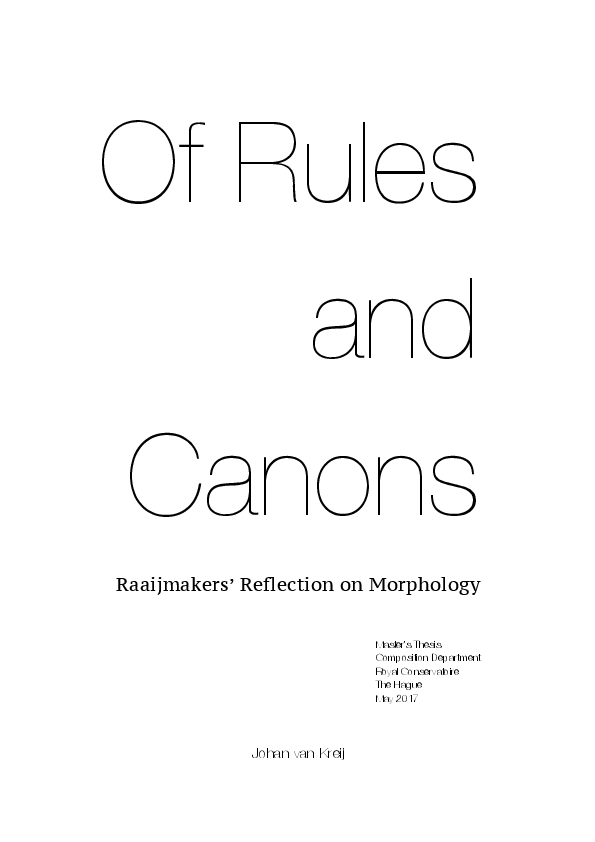Canon-1 is the first of a series of five electro-acoustic works by Dick Raaijmakers for which the concept 'morphology of sound' formed the principle starting point. Alongside the compositional activities, Raaijmakers attempted to systematically describe a theoretical model that allowed him to get grip on the difficult matters relating composing with electronic means. This work fully occupied him from autumn of 1963 until spring of 1966. Not only led this work to a unique series of compositions, it also laid the foundation for his later works covering the fields of composition, music-theater, installation art and writing. This important work was never well documented or contextualized from the perspective of electro-acoustic composition. Based on the original tapes, Raaijmakers' schematics and interviews, this research aims to do that.
A.
"It is unbelievable but through hundreds of steps an ‘instrumental’ group of points turns into an ‘airplane’!"
Most likely this was done with two tape recorders, one recording and the other playing and feeding back into the first.
C.
Herbert Eimert's voice saying 'Diese Teiltöne' is step by step transformed into a continuous smooth sound.
D.
The Dutch arts critic Mulder is step by step transported into a cathedral while he is complaining about new music.
F.
Raaijmakers demonstrating the principle of the flutter-head, which allows for creating tiny distances between sounds. This is how the double-pulse was born. The fragment is from a 1988 documentary in which Raaijmakers explained about the smallest possible sound.
G.
A double-pulse that is turned into a wide variety of densities, from dense structures to stochastic distributions.
H.
Canon-1 (1964) as it appears on the CD 'The Complete Tape Music of Dick Raaijmakers. It is advised to listen to this track through speakers, not with headphones.
I.
…the entire tune is periodical from beginning to end, taking color like a rainbow! Nota bene, is that structure?
The fragment of Kontakte that Raaijmakers was critical about in terms of its structural qualities.

